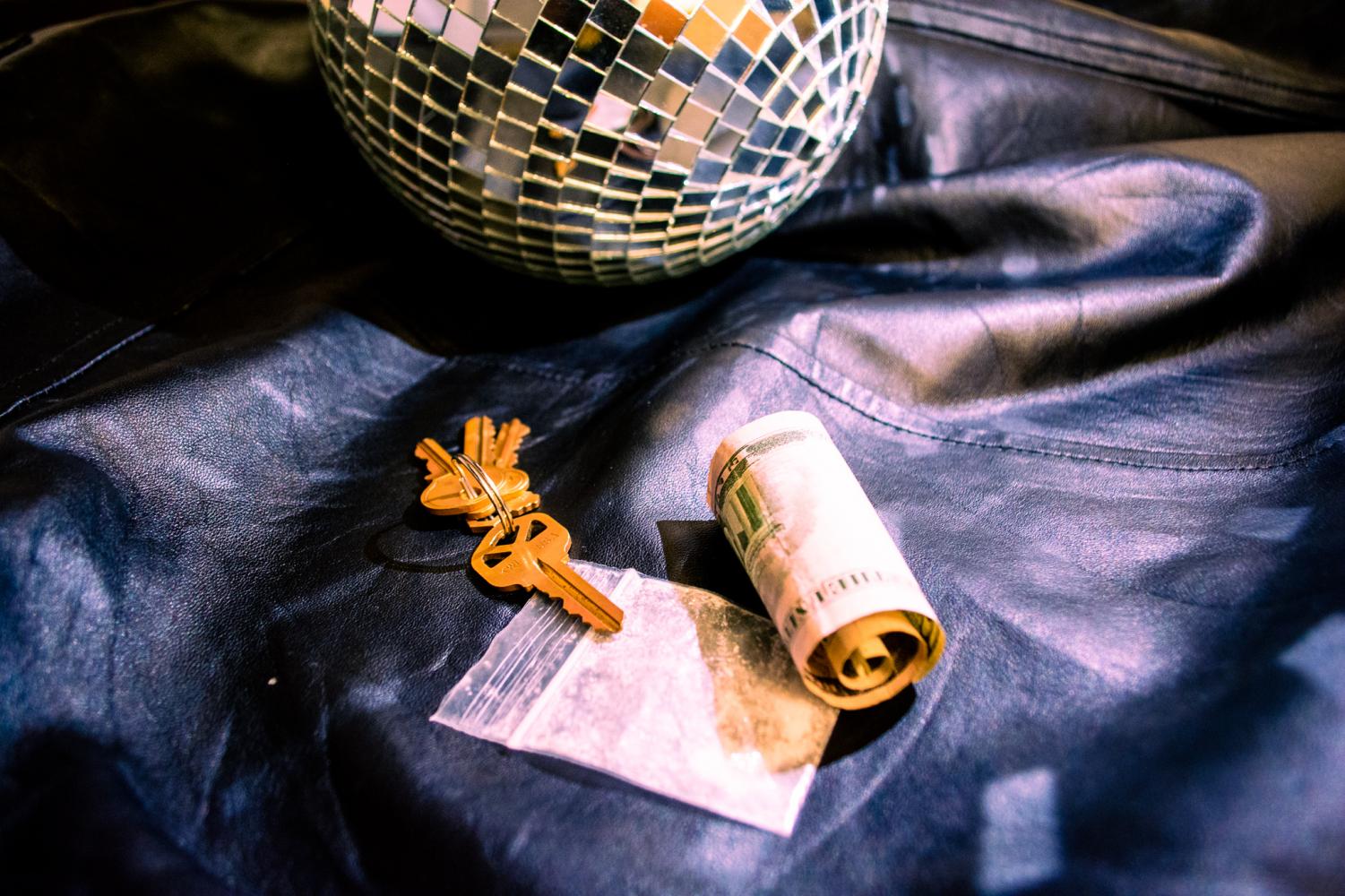The club is bumping: Recreational ketamine use on the rise, Langone study finds
According to a study conducted at NYU Langone, nonmedical ketamine availability has risen in recent years, but usage still remains limited to below 1% of the general population.
November 8, 2021
Recreational ketamine use has reached a high after steadily increasing in recent years, according to a joint NYU-Columbia University study published in the American Journal of Public Health. While examining usage and availability trends, researchers found that ketamine use is still rare, with less than 1% of Americans saying they use the drug.
Joseph Palamar, a professor of population health at NYU Langone, conducted the study alongside Columbia University epidemiologists Katherine Keyes and Caroline Rutherford. The researchers found that although ketamine usage remains low relative to the usage of other drugs, the number of people who self-report using ketamine and the number of recorded medical incidents related to the drug has increased in recent years.
Ketamine is mainly used by veterinarians and doctors as a dissociative anaesthetic. But recently, research into the use of ketamine for mental healthcare in humans has increased in the medical world. The U.S. Food and Drug Administration approved a ketamine-based nasal spray for depression in 2019, which facilitated the use of ketamine in psychotherapy.
Keyes said that future media coverage, which often focuses on the recently discovered therapeutic benefits of ketamine, will need to better explain the risks of using the drug in uncontrolled and nonmedical settings.
“Increases in ketamine use in nightclub and non-hospital settings indicate the need for additional public health measures so that individuals who use non-medically are aware of risks and side effects,” Keyes said.
Based on the findings of the study, Palamar does not believe that college students will see significantly increased ketamine use.
“I wonder if ketamine will eventually spill into social environments that aren’t EDM parties,” Palamar said. “I’ve heard of some people introducing ketamine to small gatherings, but I wouldn’t expect this to become very common, as ketamine is an extremely antisocial drug.”
Michelle Miller, a state-licensed clinical psychotherapist, practices ketamine therapy on her patients. While she believes there is potential for psychedelics to improve mental health, patients are not offered ketamine until after four to five sessions at the very least.
“The preparation phase is extremely important,” Miller said. “Setting can also greatly impact a patient’s experience.”
Miller said patients who participate in the therapy are given controlled medical doses of ketamine. Some of Miller’s patients came to her after having bad experiences at unregulated and nonmedical ketamine clinics, where patients reported being left alone in a room for their entire session with only a button in case of emergency.
“I don’t support those ketamine clinics since they do not give enough care to patients and it can be extremely dangerous,” Miller said. “To be honest, I would probably recommend just doing it recreationally over going to the clinics. I’m not sure if people are reading about the medical benefits, but I would assume that there is an increased validity in recreational use because of the research in medical use.”
The study did not specifically look into whether ketamine use is increasing more among college students than any other group, but an NYU student who spoke to WSN said the drug has become more popular among their peers. A CAS sophomore who uses ketamine said that accessing psychedelics at NYU is easier compared to their hometown.
“New York is a whole new frontier, the drugs here are amazing and the delivery is insane,” the student, who preferred to remain anonymous due to the drug’s illegal status, told WSN. “You can get any psychedelic in like 20 minutes.”
Other students have concerns about the increased prominence of ketamine in New York City nightlife. LS sophomore Rachel Lawal, who has never tried drugs, thinks the glamorization of party drugs like ketamine is dangerous, and that the adverse effects are felt disproportionately among people in lower income areas.
“Once there is wealth involved, people treat these drugs like they’re just a good time, meanwhile others, myself included, have seen firsthand how those drugs can ruin lives,” Lawal said. “Addiction is incredibly real, and whether they like to admit it, doing molly and coke every weekend in order to ‘have a good time’ is addiction, and a lot of NYU kids have them.”
The COVID-19 pandemic has brought a range of disruptions to normal patterns in recreational drug use. Substance use increased during the pandemic and use can result in heightened drug dependency and addiction. People with substance abuse disorders are also at a greater risk for adverse health effects if they contract the virus. Lawal believes that the effects of long COVID-19 could increase drug dependency as ketamine could be used for chronic pain management.
“Lots of long COVID-19 symptoms have to do with pain, so any hard drugs that ease that pain and have the plus sides of being high are definitely sure to be abused,” Lawal said. “The pandemic has exacerbated dependency on pain medication by creating a whole new population of people who live with chronic pain.”
The pandemic has increased fentanyl lacings in ketamine and other drugs. The U.S. Drug Enforcement Agency said that this summer it seized around 1.8 million fake pills — made to look like Oxycontin, Percocet, Adderall and Xanax, among other drugs — that were laced with fentanyl.
“We are getting to a point now where safe supply is the only option,” the student said. “Most of the heroin and cocaine coming into the country is laced with fentanyl. That’s how my neighbor died, about a week ago.”
Palamar said that when using ketamine recreationally, people should be aware of the dangers of the drug’s dissociative effects, which can cause users to feel confused, disoriented or dizzy.
“It can also leave you vulnerable to danger in general, especially if you’re out in public while high,” Palamar said. “People who use ketamine recreationally need to be in a safe place with people they trust.”
Contact Kristian Burt at [email protected].

